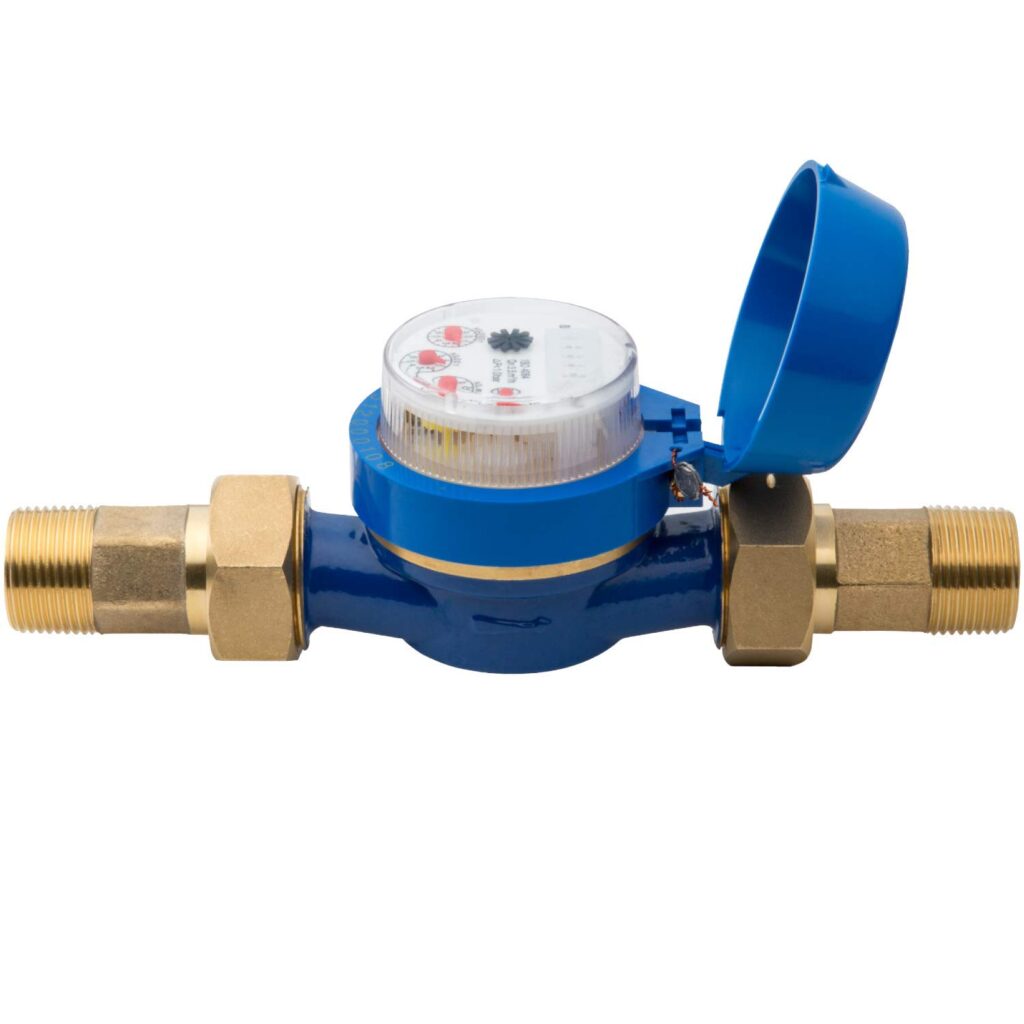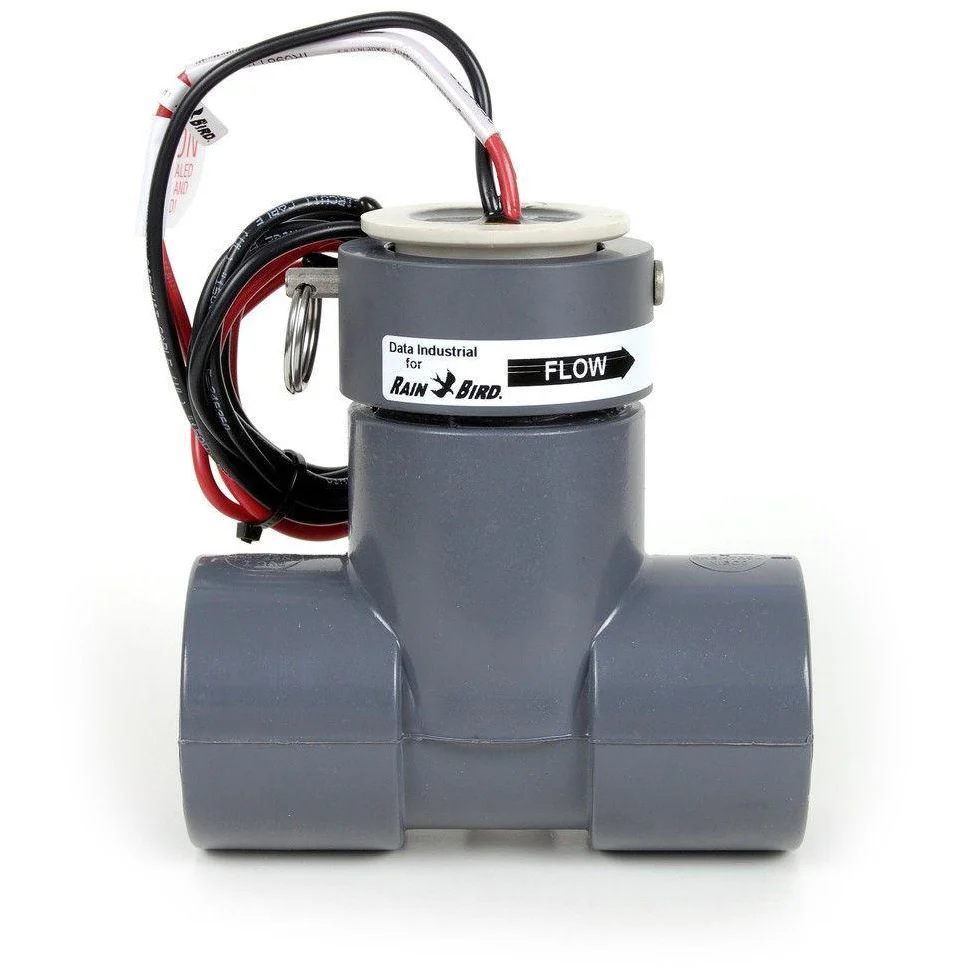Irrigation Opening
Opening Cost Calculator
Check-Up / Service Call
Full inspection, diagnostics, pressure testing, and system adjustments.
BOOK ONLINEUsually, the price for irrigation opening is $90 + tax. The price can vary if the system is commercial or big residential.
GET IT NOWBasically, the price for winterization is $100 + tax. The cost can vary if the system is commercial or big residential.
GET IT NOWPrices start at $550 per zone. We use Hunter and Rain Bird materials. 5-year warranty. Parts and labor are included.
GET IT NOWLED fixtures start from $250 due to long lifespan and reduced maintenance costs. Parts & labour are included.
GET IT NOWResidential sod averages $1.10–$3.50 per sq.ft. Commercial starts at $0.75. Labour is included.
GET IT NOWFrench drainage installation cost ranges $25–$40 per foot depending on complexity. Parts and labor are included.
GET IT NOWFull inspection, diagnostics, pressure testing, and system adjustments.
BOOK ONLINE

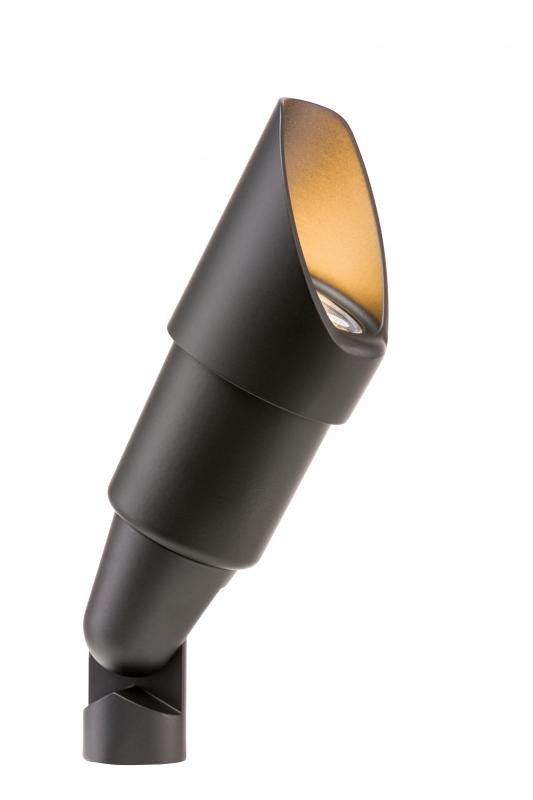



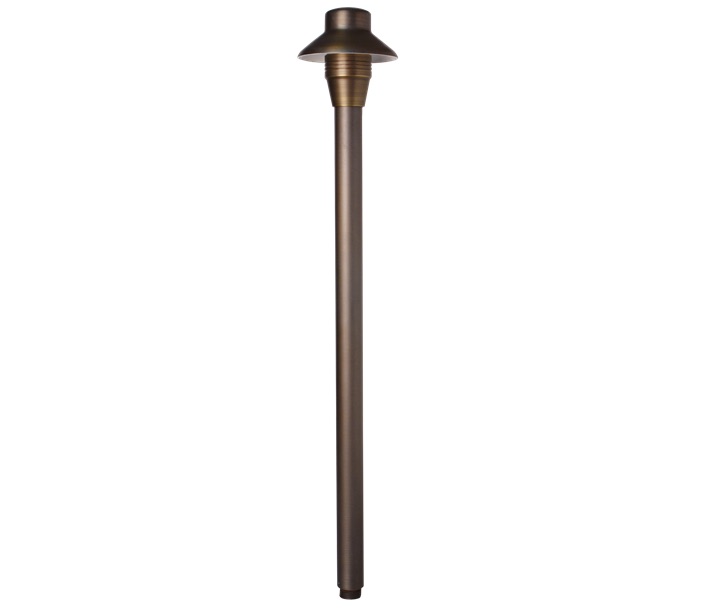
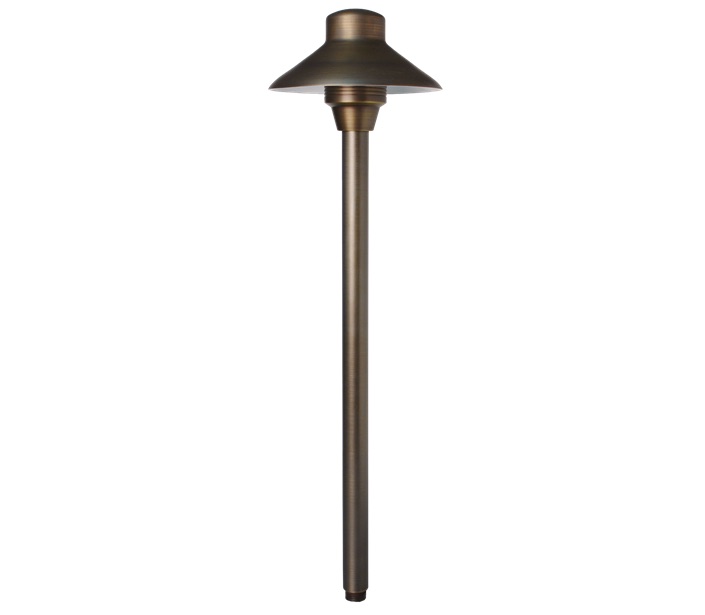

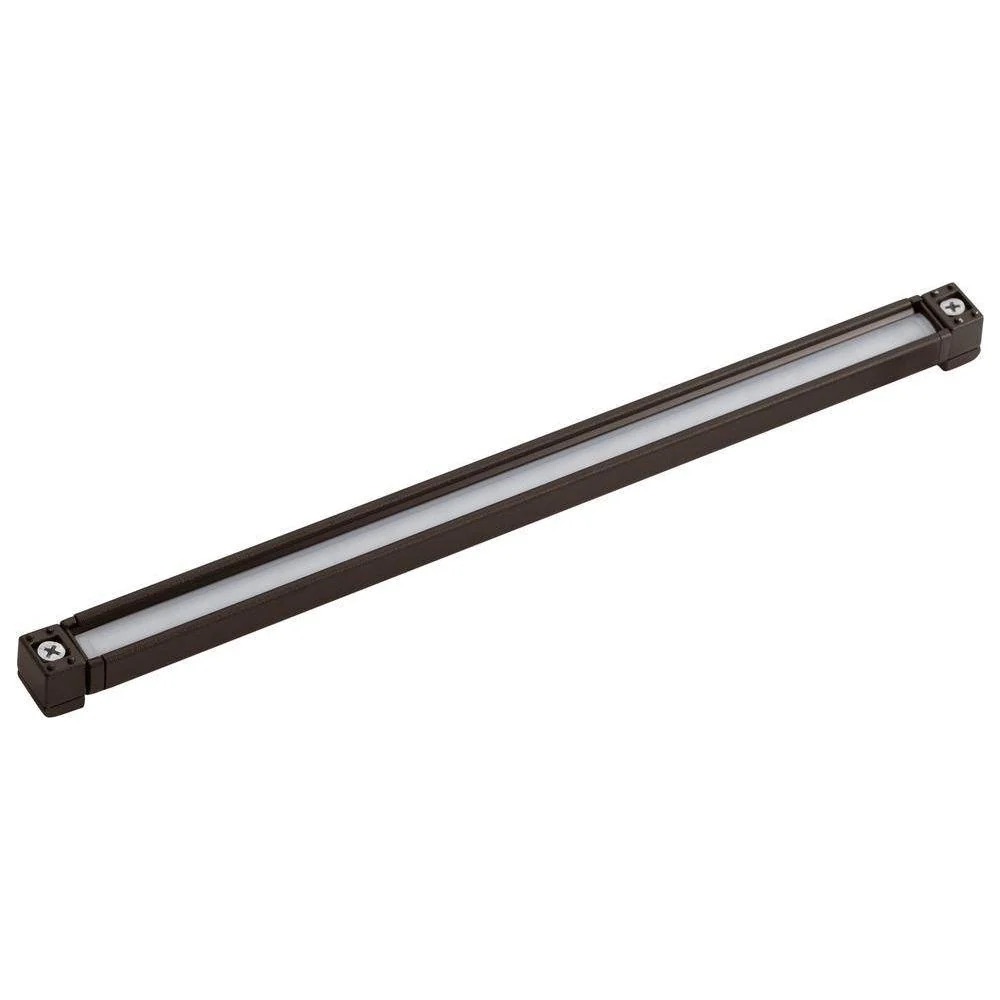
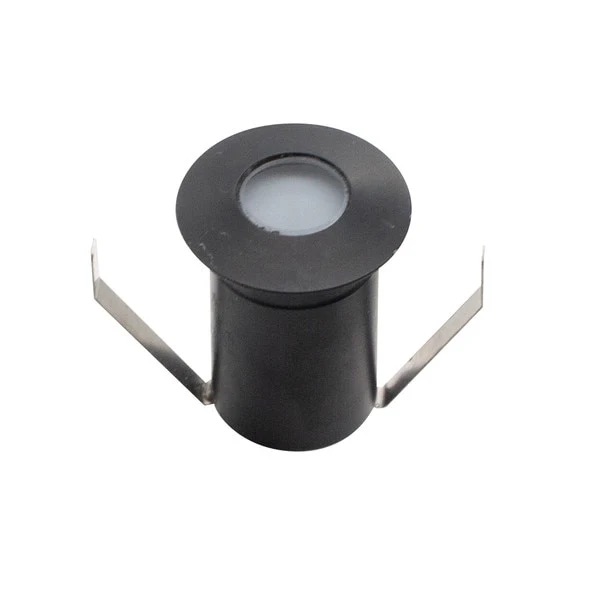
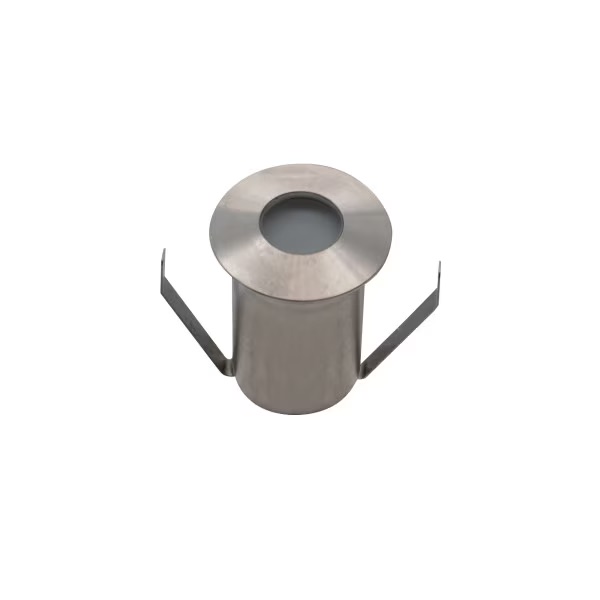
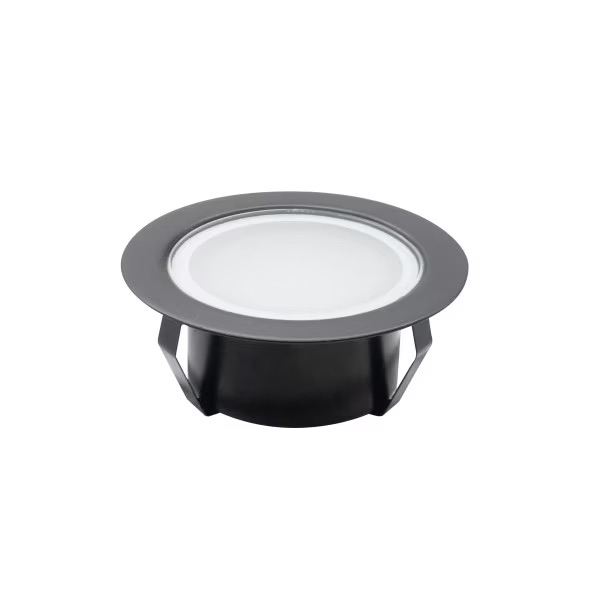
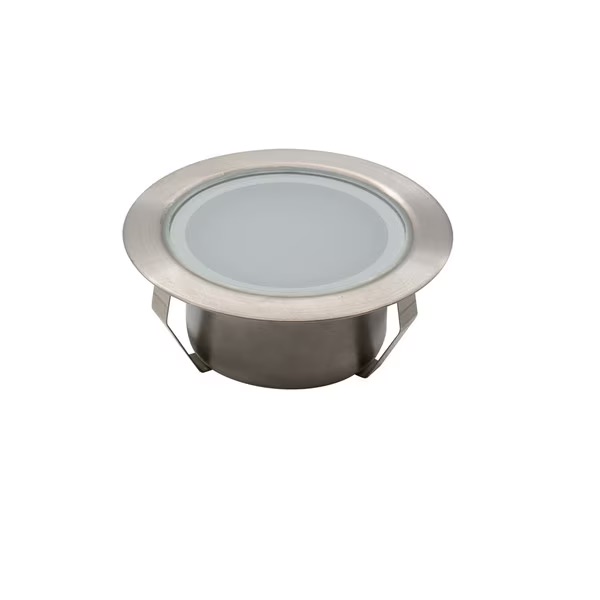
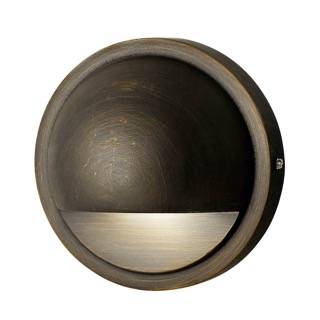

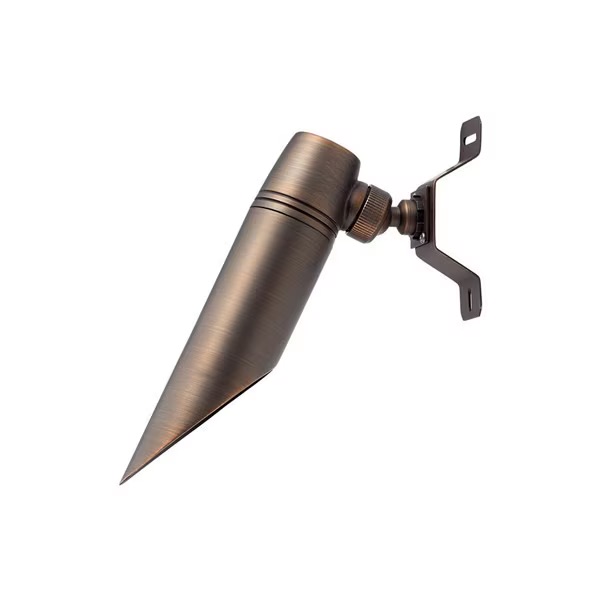
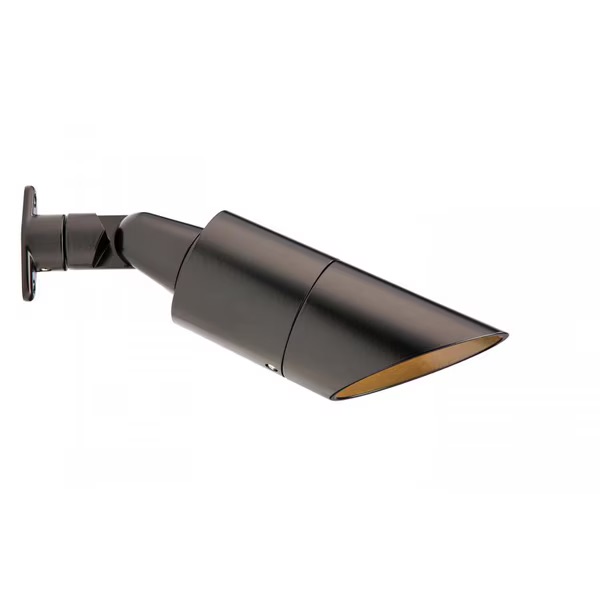











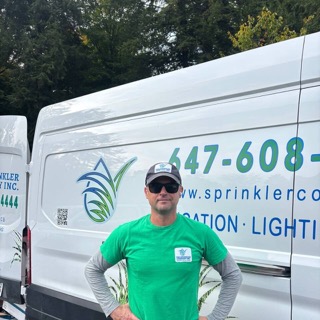


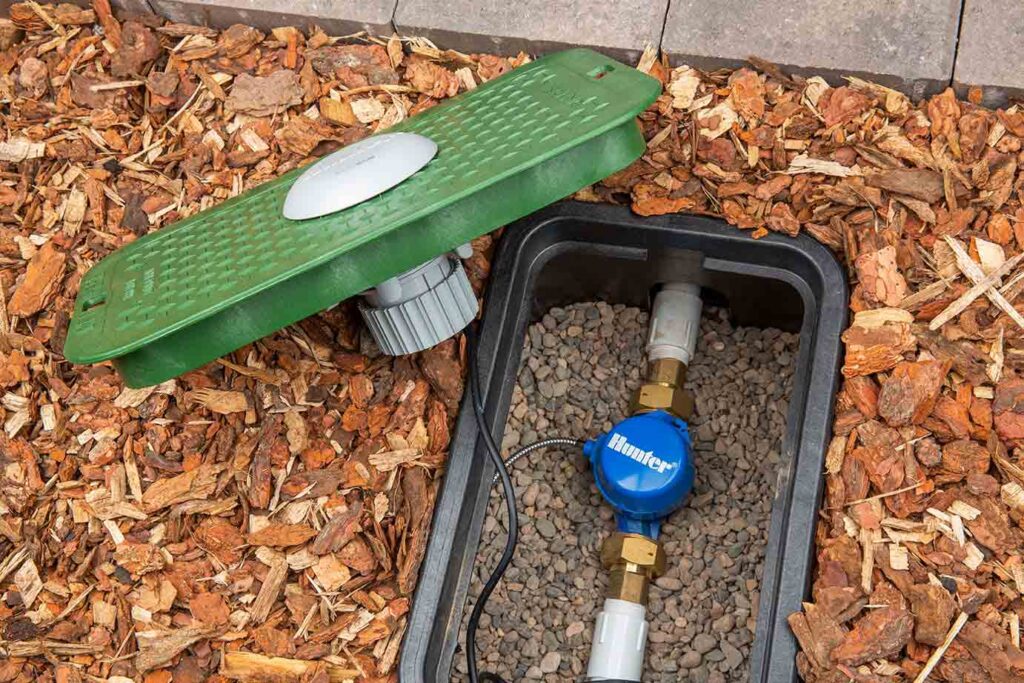
The absence of a flow sensor makes it possible for leaks to be hidden for days, mainly underground where they can be hardly noticeable. With a flow sensor, abnormal water uses are indicated, and the system might be cut off to avoid leakage.
A flow sensor shows exactly how much water is consumed immediately. As an addition to a smart controller, flow sensors optimize your watering schedule according to the need bringing about 30-40% annual water bill savings.
Episodes such as stuck valves, burst pipes, or broken sprinkler heads may cause additional pressure or dry areas. A flow sensor issues an early warning preventing that water damage from occurring in the long run.
With the help of the flow sensor data, smart irrigation controllers (like Hunter Hydrawise or Rain Bird ESP-Me) are capable of the real-time sending of alerts that will tell you if anything is not right, so you can take action immediately, even if you are not there.
For homeowners, commercial property managers, and HOAs, flow sensor setup means security. You will understand that the irrigation system is functioned well, place safe on the landscape, and the distribution of water hygiene is up to standard.
A flow sensor is a gadget that is put on an irrigation system to track the volume of water streaming through the pipes at that moment. It shows water consumption in gallons per minute, which is typically the case, and it talks to a smart irrigation controller to make sure that every zone works properly. What the sensor does is if it recognizes a strange flow like from a leaking valve, broken pipe, or a missing sprinkler head, it can send an alert or even shut off the system automatically to save water and prevent damage. The presence of flow sensors is a mandatory point in the water economy segment that allows the common people and real estate managers to diminish water costs, get rid of floodings, and protect landscapes. If we use smart controllers such as Hunter Hydrawise or Rain Bird ESP-Me along with flow sensors, unwanted use of water can be controlled from remote places, and it is possible to get instant signals, thereby, making irrigation systems smarter and more responsive. The installation of a flow sensor is a very important aspect of building the irrigation system that can protect it from any misfortunes thus making it the most cost-effective and sustainable in the long run.
Equipping a modern irrigation system with a flow sensor lets you take the most meaningful step in water conservation. Its major function is to signal about the presence of leaks, ensure that water is used optimally, as well as, protect the green areas from excessive watering. Via reflection of the understanding the working of a flow sensor, you can make good choices on your irrigation setup; be you a house owner who seeks to save water bills or a property owner concerned with maintaining lawns.
A flow sensor is a tool designed to measure the water flowing through an irrigation system. Usually a flow sensor is placed at the main water line just after the backflow preventer and before the zone valves. It is the one that traces the flow rate of, usually in GPM (gallons per minute), and transmits the data to your irrigation controller. Thus, the controller manages and runs the system based on its programmed zones’ water usage levels. In the event any anomaly is detected, the system will take control of the situation immediately.
The majority of the flow sensors are produced from such durable materials as brass and high-quality plastic and have different diameters (1″, 1.5″, or 2″) about the pipe. The most common types of flow sensors use mechanical part or can be digital. The spinning paddle wheel is the most usual method of measurement, which is characteristic of mechanical flow sensors, whereas some of the newer models use magnetic or ultrasonic technology. Basic considerations for the selection include the size of the property, water pressure, and the kind of irrigation system in use.
The clue to a mass flow sensor operation is its capability to recognize and immediately react to water movement changes and then to send the signal to the controller. A certain flow of water through the system invokes the action of the sensor which can either spin the turbine or, produce an electromagnetic pulse. The rotary or linear movements are transformed into electric current, which then gets guided to the irrigation controller by means of a cable or maybe through the air.
Smart controllers such as Hunter Hydrawise, Rain Bird ESP-Me, or Toro Evolution are given the ability to decode these signals by using a frequency converter. They check the data from the sensor against the baseline flow values for each zone that have been saved into the memory. For instance, in the event that the front lawn initially consumes 8 GPM, the sensor then reports out of the blue there is 16 GPM, the controller sees it as an issue. It is most likely a broken sprinkler head, a burst pipe, or a stuck valve. On the other hand, if there is a significant drop in the flow rate—say nothing is passing during the actual running time—this might be a warning sign of the blockage or a short circuit in the system. The controller being informed about these facts could stop spraying water, close the leaking zone, or notify you through a mobile app or by email.
Aside from leak detection, a flow sensor helps fine-tune your watering schedule based on actual usage. Many people assume their system is working efficiently because their lawn looks green—but in reality, the system may be wasting water. Overwatering is one of the leading causes of root rot, fungal disease, and shallow root systems in turfgrass and ornamental plants. A flow sensor can help avoid this by tracking precise usage and comparing it to what each zone truly needs.
Smart irrigation systems can use flow data to adjust runtimes for different zones. For instance, if Zone 1 uses significantly more water than Zone 2, the system can be adjusted to correct imbalances or identify hardware issues like mismatched nozzles or a clogged spray head. Additionally, during seasonal changes, flow sensors can help identify zones that require less watering due to rainfall or lower evaporation rates.
This is especially important in cities like Toronto, where water usage is regulated and many homeowners face seasonal watering restrictions. With a properly installed flow sensor, you can keep your landscape healthy while using only the water you need. In many regions, adding a flow sensor may even qualify you for water conservation rebates or incentives from local utilities.
If you are already using a smart irrigation controller, installing a flow sensor is strongly advised. It not only makes your irrigation automation a complete solution, but it also adds another layer of real-time protection and intelligence. It is especially advantageous if:
Most systems can be easily installed. A technician will cut the mainline and install the sensor, making sure it is leveled and oriented correctly. Thereafter, the sensor is connected to the controller and the zone-specific flow thresholds are configured. From this point, you can track flow and receive alerts straight away. The standard price for supply and installation normally falls in the range of $250 to $600, and it largely depends on the system size and the type of sensor.
A few years ago, a homeowner in North York had a professionally installed irrigation system connected to a smart controller with a flow sensor. The system was set to water the lawn automatically in the early morning—around 4:00 AM—while the homeowner was asleep. Everything worked smoothly until one night, a sprinkler head near the backyard fence was accidentally knocked loose by a raccoon digging around the area. The result was a wide-open pipe gushing water at full pressure.
Without a flow sensor, this situation could have been a disaster. Over the course of the early morning run, hundreds of gallons of water would have poured into the yard. The client likely wouldn’t have noticed until hours later—after the lawn had flooded, garden beds eroded, and water seeped dangerously close to the basement windows. Worse, the utility bill would have spiked, and permanent damage to plants, soil, and hardscape could have occurred.
But the installed flow sensor made all the difference.
As soon as the broken head caused an unexpected surge in water flow, the sensor detected the anomaly. The smart controller—connected via Wi-Fi—immediately shut down the zone and sent an alert to the homeowner’s phone. The message included the exact zone where the issue occurred, and the excessive flow measurement that triggered the emergency shutoff.
The client woke up to the notification, inspected the area, and saw the broken head and minor pooling of water—but no major damage. A simple replacement of the head the next day solved the issue entirely. Because of the flow sensor’s real-time monitoring, the problem was contained within minutes, avoiding what could have easily been thousands of dollars in repairs and water loss.
This real-life example highlights how flow sensors are not just technical add-ons—they’re essential tools for protecting your landscape investment. Whether it’s a residential property or a commercial site, the ability to shut down the system instantly in the event of a failure is invaluable. A $300–$400 sensor can prevent far more costly issues while giving you peace of mind that your system is being monitored even when you’re not around.
At The Sprinkler Company Inc., we offer professional flow sensor installation services for residential, commercial, and multi-unit properties across the Greater Toronto Area. Whether you’re adding a flow sensor to an existing irrigation system or integrating it with a new smart controller, our experienced technicians ensure a seamless setup.
We install industry-leading products such as the Hunter HC Flow Meter and Rain Bird FS Series, compatible with smart timers like Hydrawise, ESP-Me, and Toro Evolution. During installation, we carefully mount the sensor on your mainline (after the backflow preventer), connect it to your controller, and program zone-specific flow thresholds. This allows the system to detect leaks, blockages, or abnormal usage and automatically respond.
Our service includes:
Precise installation with proper sizing (1″, 1.5″, or 2″ lines)
Calibration and testing of the sensor
Smart controller integration and app setup
A full walkthrough and live demo
Flow sensor installations typically range from $250 to $1600, depending on system complexity. All work is covered under warranty and completed to local plumbing and irrigation standards.
Protect your landscape, conserve water, and avoid costly surprises—book your flow sensor installation with us today.
